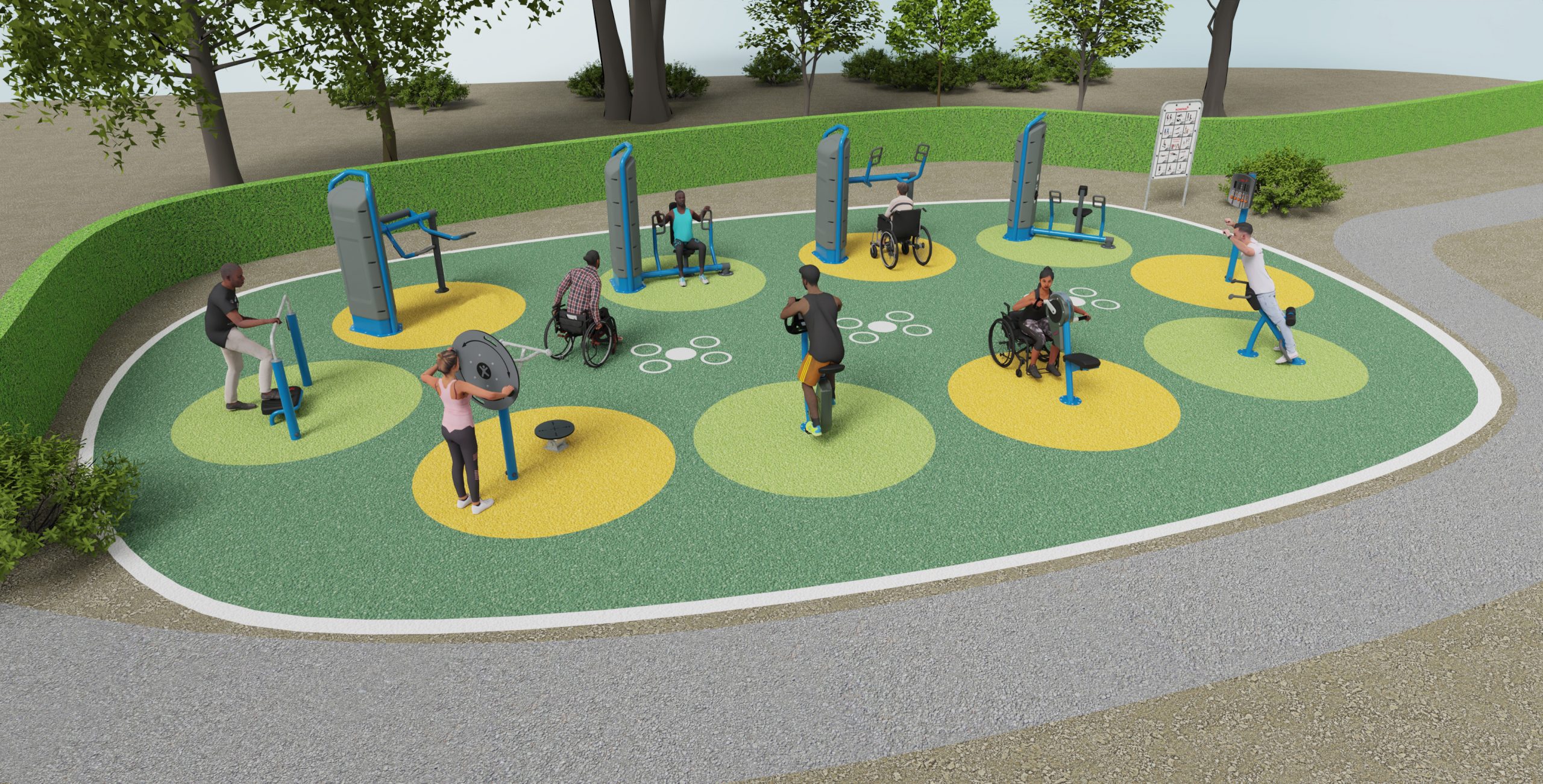
To reduce anxiety, yoga poses are a great option. These poses are great for increasing energy and relieving tension. You can also try Sphinx Pose or Supine Spinal Twist. They can help lengthen your spine as well as relieve tension. You might also consider trying Child's or Corpse pose.
Upward-facing dog
For this pose you need to lie face down on a mat, your elbows bent and your palms on the ground. Next, lift your sternum up and your kneecaps from the mat. This will allow you to relax your shoulders while improving your alignment.

Pose of corpse
Corpse Pose helps you relax. Instead of doing a complex headstand or bending, you can simply lie down on the ground and close your eyes. Corpse Pose requires you to be mindful of your breath and relax. This pose will allow you to let go of any tension or anxiety that may be causing you to feel anxious or nervous.
Children's pose
Child's pose is a simple yoga pose, but it can be a little uncomfortable for some people. This pose is challenging as you have to fully bend your hips and knees. It can also limit your movement. It can cause anxiety by making it difficult to breathe, which can make the symptoms worse. But, you have options.
Palm tree pose
The Palm Tree Pose is a great way to release stress and anxiety. The lengthening of muscles in this pose is due to the lateral bend in your spine. The focus of this pose lies on the abdomen and side chest.
Garland pose
Garland pose can help relieve anxiety and reduce tension. It opens the chest and can help ease back pain. It can also stretch the abdominal region. It improves posture and digestion.

Supine Spinal Twist
Supine Spinal Twist, a great yoga pose to overcome anxiety, is the Supine Spinal Twist It helps you to decompress your body by increasing breathing. It also relaxes your neck and back muscles.
FAQ
What is the difference between yoga & pilates?
Both pilates and yoga are great workout programs, but they have different methods. Both are based on stretching but yoga emphasizes poses that strengthen your core muscles.
Pilates emphasizes strengthening your core muscles, and improving your balance. It is important to remember that pilates can be complemented by yoga.
Is yoga a good option for pain management?
People with chronic back pain may find yoga a helpful treatment. It can help them increase flexibility, balance and strength as well as reduce stress levels.
As with any exercise program, check in with your doctor before starting a yoga routine.
How long does yoga take?
It takes time to practice yoga, but it is always a good workout. It takes time to build strength, flexibility, and endurance. It is important to start slowly and increase your intensity gradually until you reach the optimal level.
The key is consistency. The more you practice, you will become better at it.
Statistics
- A 2020 review of 27 studies (1,805 total participants) of yoga interventions in children or adolescents found reductions in anxiety or depression in 70 percent of the studies, with more promising results for anxiety. (nccih.nih.gov)
- Gentle yoga has been shown to ease some of the discomforts of tender, swollen joints for people with arthritis, according to a Johns Hopkins review of 11 recent studies. (hopkinsmedicine.org)
- The people in the yoga group were 37 percent more likely to have quit smoking by the end of the 8-week program. (nccih.nih.gov)
- According to the Agency for Healthcare Research and Quality, falls are incredibly common among older adults in nursing facilities. Even the simplest ones can increase the risk of death (24). (healthline.com)
- According to calorie estimates calculated at Harvard Medical School, the average 125-pound person burns about 120 calories in a half hour of hatha yoga, and a 185-pound person burns about 178 calories in that half hour. (everydayhealth.com)
External Links
How To
What is your ideal position for practicing yoga?
There is no right or wrong way of practicing yoga. Each person has their style. You only need to know which positions feel comfortable for you.
These are some of the most common positions:
Standing poses - Standing poses are suitable for beginners because they allow you to see how your body looks from different angles. They allow you to focus more on your breathing.
Forward bends- Forward bends can often be used to release tight areas. You can either do them lying down or while sitting.
Backbends – Backbends are considered to be advanced poses. You should consult your instructor before you attempt one.
Inversions - Inversions are poses that require you to balance yourself upside down. This type is challenging, but rewarding.